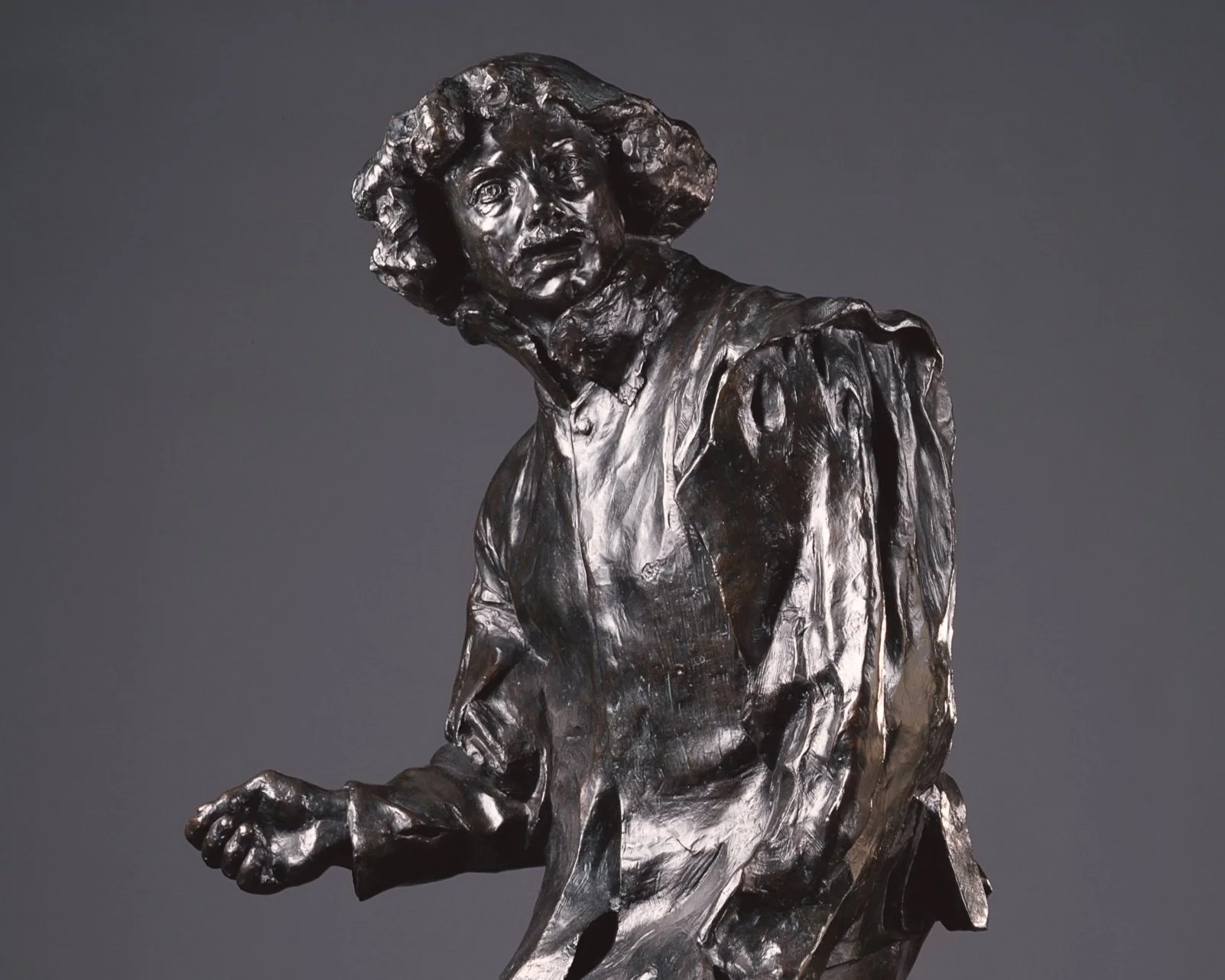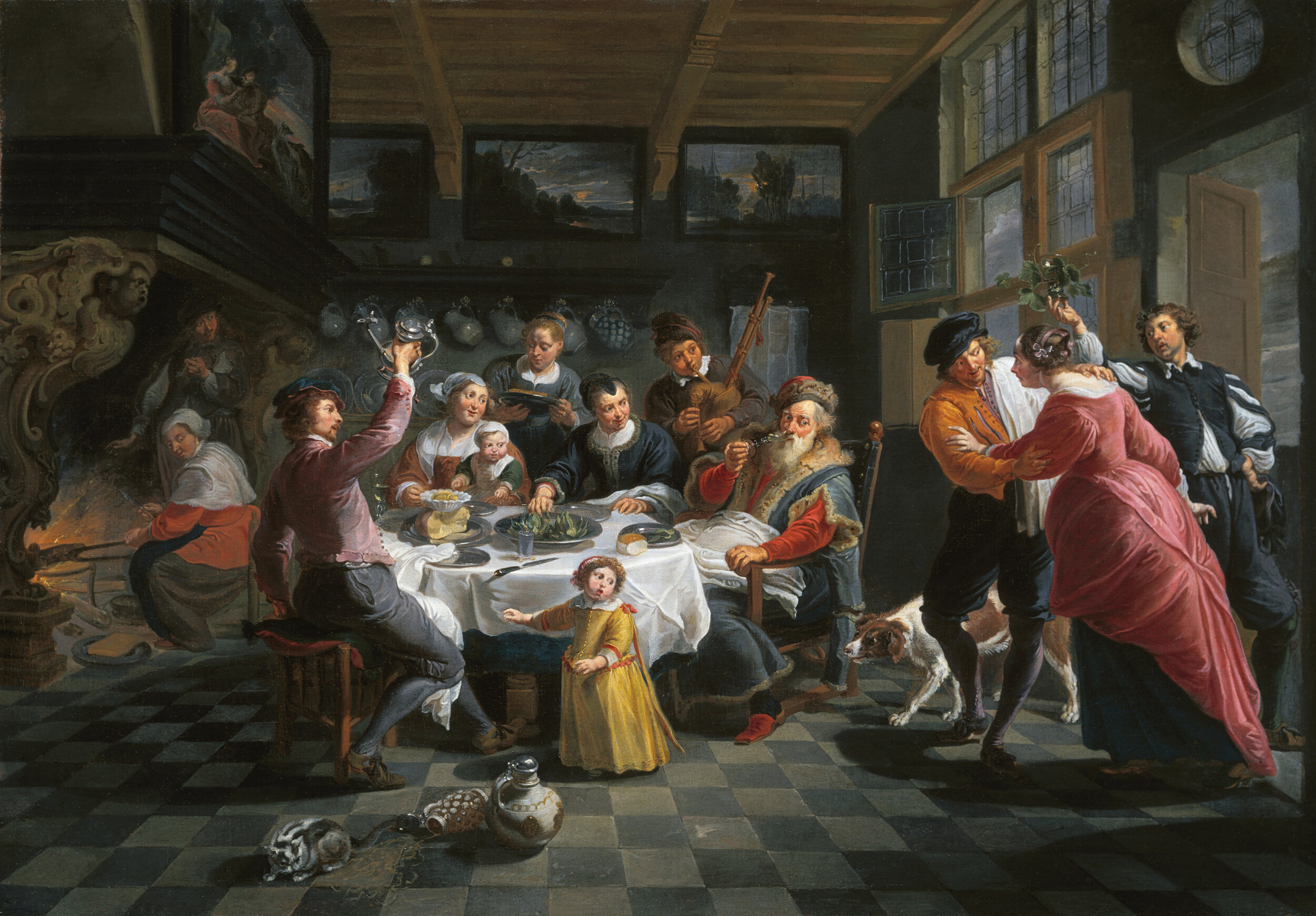
Rockwell / Wyeth: Icons of Americana
Norman Rockwell, ‘Doughboy and His Admirers,’ 1919, Oil on canvas, © 2023 National Museum of American Illustration, Newport, RI, and the American Illustrators Gallery, New York, NY.
Norman Rockwell and N.C. Wyeth were two of the biggest names in American art of the 20th century. This original, large-scale exhibition — exclusive to the Polk Museum and taking over our main first-floor galleries — features 40 original paintings by Rockwell and Wyeth, two singular and beloved American icons who created their most familiar images full-size in paint before the scenes were scaled for print publication. In addition to the paintings, the exhibition includes an installation of the complete, spectacular array of the 321 Saturday Evening Post covers to which Rockwell contributed between 1916 and 1963.
Rockwell/Wyeth: Icons of Americana is curated and organized in partnership with the National Museum of American Illustration, Newport, RI. www.AmericanIllustration.org, and the American Illustrators Gallery, New York, NY. www.AmericanIllustrators.com
Single Source Exhibition organized by: PAN Art Connections. www.pan-art-connections.com.















































